Disclosure: This article contains affiliate links. We may earn a commission from purchases at no extra cost to you, which helps our travel content.
Standing at the Simón Bolívar International Bridge, sweat trickling down my back in the tropical heat, I watched as hundreds of people flowed between Colombia and Venezuela. Some carried bags of groceries, others pushed wheelbarrows of merchandise, and many simply crossed for work or to visit family. This isn't just a border crossing – it's the pulsing artery of two intertwined cultures. After spending years exploring remote corners of Australia and Southeast Asia, I found myself drawn to this unique cultural intersection in Cúcuta, where political boundaries seem almost irrelevant against the backdrop of shared traditions, flavors, and rhythms. As someone who thrives on both physical and cultural adventures, this Colombian border city offered an unexpected workout for both body and mind – challenging my preconceptions and rewarding me with authentic connections that no typical tourist destination could provide.
The Beating Heart of Border Life
My first morning in Cúcuta hit me with the intensity of one of my HIIT workouts. The city pulses with energy from dawn, as vendors set up stalls, motorbikes zip through narrow streets, and the aroma of freshly brewed Colombian coffee mingles with Venezuelan arepas sizzling on griddles.
I started at Parque Santander, the city's central plaza. By 7 AM, it was already bustling with locals from both sides of the border. An elderly Venezuelan man sold newspapers while discussing politics with Colombian businessmen. A group of students – a mix of accents I couldn't yet distinguish – shared breakfast before heading to university.
'The border situation changes daily,' explained Carlos, a local guide I met through a fitness community app. 'But the people's connections? Those are permanent.'
Cúcuta isn't designed for traditional tourism – and that's precisely its charm. You won't find polished attractions or Instagram hotspots. Instead, you'll discover a raw, authentic city where real life happens in real time. The border dynamics create a constant state of adaptation and resilience that's visible in everything from the informal economy to the way people greet each other.
I quickly learned to navigate the city with my portable translator, which helped me catch the subtle differences between Colombian and Venezuelan Spanish. While most travelers rely solely on their phones, having a dedicated device meant I could keep my phone charged and ready for navigation or emergency calls – a safety practice I always recommend when exploring border regions.
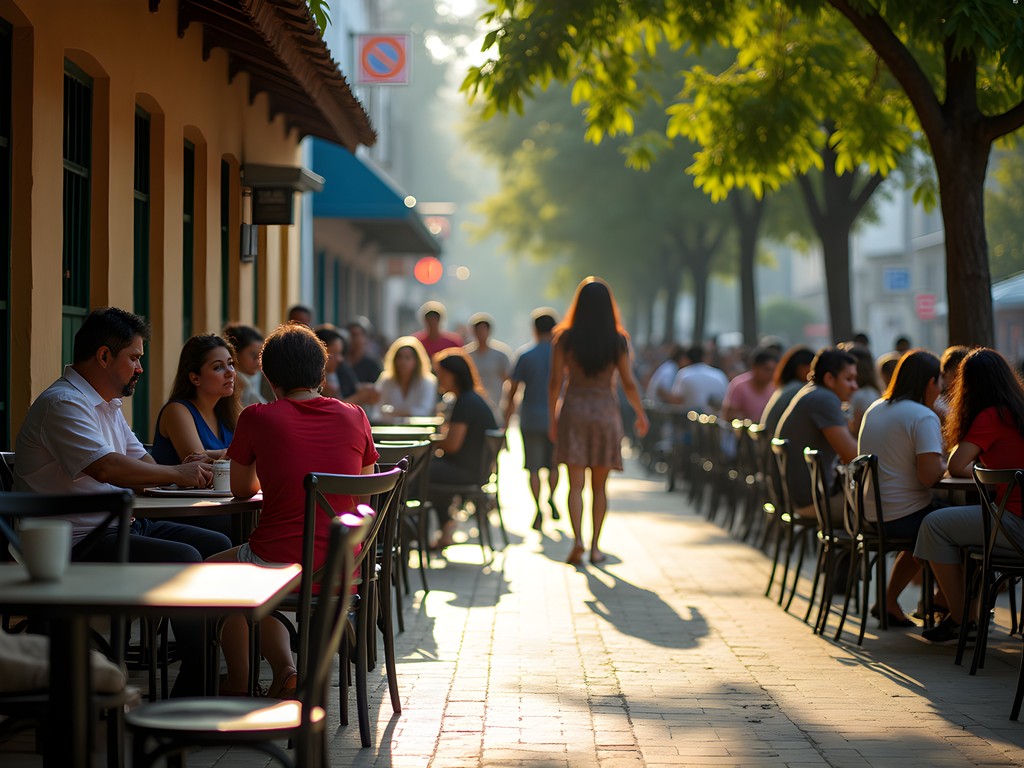
💡 Pro Tips
- Download offline maps of Cúcuta before arrival as internet can be spotty
- Learn basic Venezuelan and Colombian slang terms to distinguish between accents
- Visit Parque Santander early morning to see the city come to life
A Culinary Border Crossing
If you want to understand how deeply Colombian and Venezuelan cultures have blended in Cúcuta, just follow your taste buds. The food scene here tells the story better than any history book.
My fitness-focused diet usually keeps me disciplined, but Cúcuta tested my resolve daily. Venezuelan arepas – thick corn patties split and stuffed with everything from cheese to shredded beef – are ubiquitous, but with distinct Colombian twists. The Venezuelan arepa is typically thicker and grilled, while Colombian versions are thinner and sometimes fried.
'Try this,' insisted Maria, who runs a small food stall near the Malecón river walk. She handed me what looked like a standard arepa but was filled with Colombian-style chicharrón and Venezuelan guasacaca sauce – a perfect hybrid creation that exists only in this border region.
The Mercado Público La Sexta became my daily morning workout spot – not for exercise, but for carrying increasingly heavy bags of fresh produce. Colombian papayas and passion fruits sit alongside Venezuelan specialties like hallacas (similar to tamales). Vendors easily switch between Colombian and Venezuelan terms for the same items, often using hybrid vocabulary that would confuse visitors from Bogotá or Caracas alike.
For budget travelers, these market meals are unbeatable. I typically spent under $5 USD for a feast that would fuel my exploration for hours. My market strategy was simple: look for stalls with mixed Colombian and Venezuelan customers, and bring my reusable food container to store snacks for later adventures.

💡 Pro Tips
- Visit Mercado Público La Sexta before 9 AM for the freshest selection
- Ask vendors about fusion dishes that combine both countries' traditions
- Try the Colombian-Venezuelan hybrid arepas near the Malecón
Rhythm and Movement: The Shared Musical Heritage
One evening, following an improvised workout at Parque Nacional, I heard music that pulled me toward a small plaza tucked behind Avenida 6. A group of musicians – some Colombian, others Venezuelan – had formed an impromptu jam session that blended vallenato, joropo, and salsa in ways I'd never heard before.
'This is border music,' laughed Alejandro, a Venezuelan guitarist who's lived in Cúcuta for five years. 'We don't care about passports when we play.'
The musical traditions of both countries have created something unique in Cúcuta. Venezuelan joropo's quick-paced harp meets Colombian cumbia's African-influenced rhythms. Musicians often modify traditional songs to include references to border life or the shared experiences of displacement and adaptation.
For visitors, this musical fusion offers more than entertainment – it provides insight into how cultural resilience works in practice. Music venues like La Frontera Cultural Center regularly host events that celebrate this blended heritage, though many of the best experiences happen spontaneously in public spaces.
I tracked these musical happenings using my noise-cancelling earbuds, which let me record quick audio notes about locations and musical styles I encountered. When I wanted to join in (because who can resist these rhythms?), I could quickly switch from recording to listening mode.
The physical aspect of these musical gatherings shouldn't be underestimated either. Dancing here is practically mandatory, and the styles blend Colombian and Venezuelan movements just as seamlessly as the music does. I found myself getting better workouts at these impromptu dance sessions than at any hotel gym!
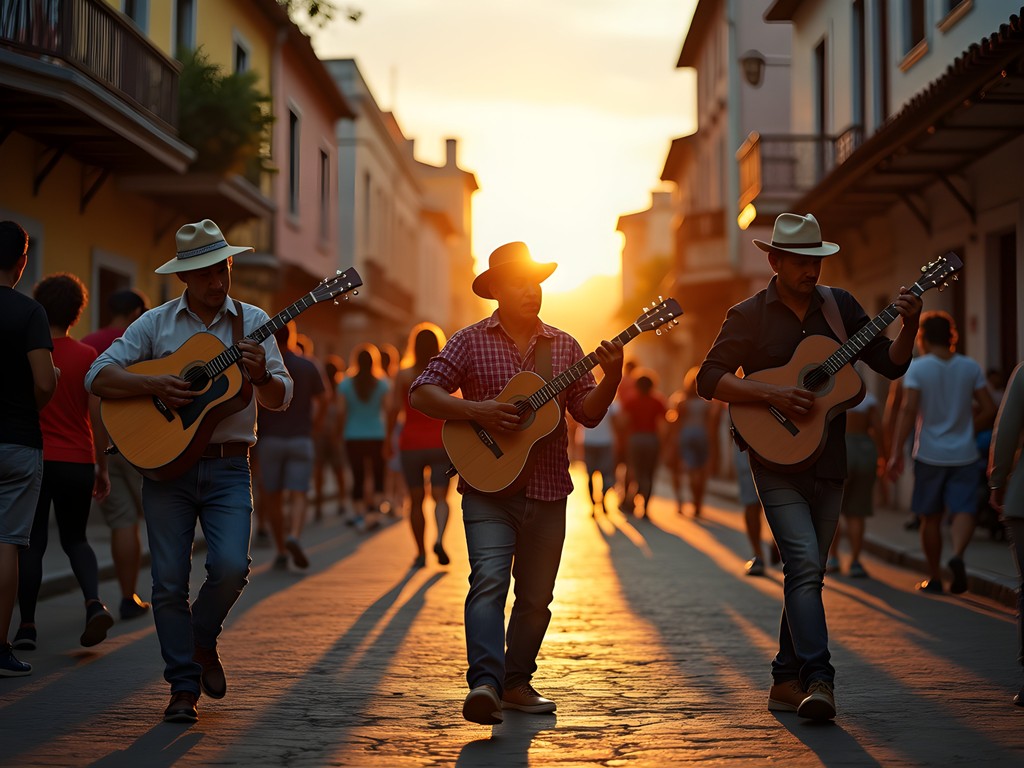
💡 Pro Tips
- Check La Frontera Cultural Center's schedule for fusion music events
- Visit plazas near Avenida 6 after 7 PM for spontaneous music gatherings
- Learn basic cumbia and joropo steps before your trip to join in the dancing
The Language of Borders: Communication in Cúcuta
As someone who's struggled with language barriers from Perth to Phuket, I was fascinated by Cúcuta's unique linguistic landscape. Spanish is the shared language, but the border has created a dialect all its own – what locals jokingly call 'Cucuteño.'
'We can tell where someone is from within three sentences,' explained Daniela, a university student who gave me an impromptu language lesson at a local café. 'Venezuelans use different slang, different expressions for everyday things.'
This linguistic blend isn't just about accent or vocabulary. It reflects the deeper cultural integration happening in the region. Venezuelans who've settled in Cúcuta maintain certain phrases while adopting Colombian expressions. Meanwhile, Colombians who regularly cross the border for business bring back Venezuelan terminology.
For students and language enthusiasts, Cúcuta offers an unparalleled opportunity to understand how languages evolve in real-time at border zones. Several language schools in the city even offer specialized courses in border Spanish, though the best education comes through daily interactions.
I found that my regular morning routine – jogging through different neighborhoods and stopping for breakfast at local spots – gave me a crash course in these linguistic nuances. I'd record new phrases I heard using the voice memo feature on my fitness watch, then practice them later.
For travelers wanting to engage more deeply with this linguistic fusion, I recommend joining one of the conversation exchanges organized by Universidad Francisco de Paula Santander. These weekly meetups bring together Colombian and Venezuelan students with international visitors for language practice and cultural discussions.
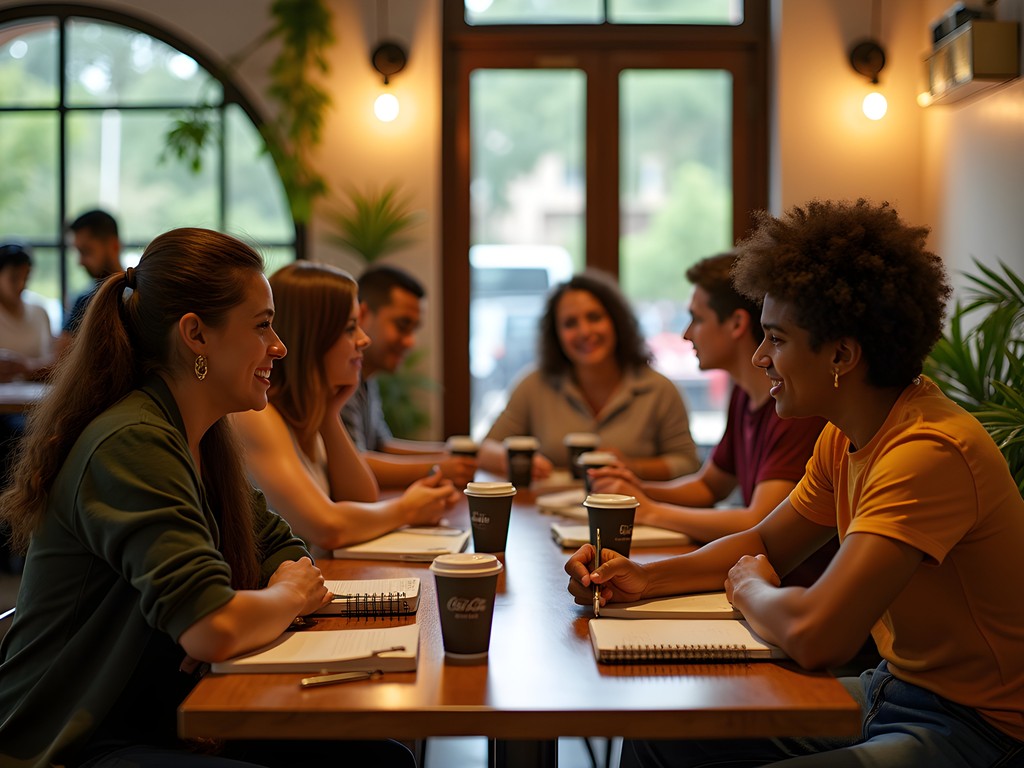
💡 Pro Tips
- Learn both Colombian and Venezuelan greetings to connect with different communities
- Visit university areas to hear the most distinctive examples of border language
- Record new phrases you hear and practice them with locals
Finding Fitness in Border Culture
As a personal trainer, maintaining my fitness routine while traveling is non-negotiable. In Cúcuta, this challenge became an unexpected window into border life and how physical culture differs between Colombia and Venezuela.
The Malecón along the Río Pamplonita became my morning running route, where I joined locals from both countries in their exercise routines. Venezuelan fitness culture tends to emphasize bodybuilding and strength training – a legacy of their historically strong Olympic weightlifting program. Colombian fitness, meanwhile, leans more toward functional training and outdoor activities.
In Cúcuta, these approaches have merged. Public workout spaces feature both traditional Colombian outdoor gym equipment and Venezuelan-style weightlifting setups. The workout terminology is equally blended, with trainers using a mix of Colombian and Venezuelan exercise names.
'We learn from each other,' said Javier, who leads free community workouts at Parque Nacional every Saturday morning. 'Venezuelan trainers brought new techniques, and we had our own methods. Now we have something better than either country had alone.'
For travelers looking to stay fit while experiencing local culture, these public workout spaces offer the perfect opportunity. I joined several community sessions using my resistance bands to supplement the available equipment. These packable bands have been my fitness travel companions for years, allowing me to maintain my routine while adapting to local exercise cultures.
The most interesting fitness discovery was 'frontera functional' – a workout style unique to the border region that combines Venezuelan strength movements with Colombian cardio patterns. These sessions typically happen in public parks on weekday evenings and welcome visitors of all levels.
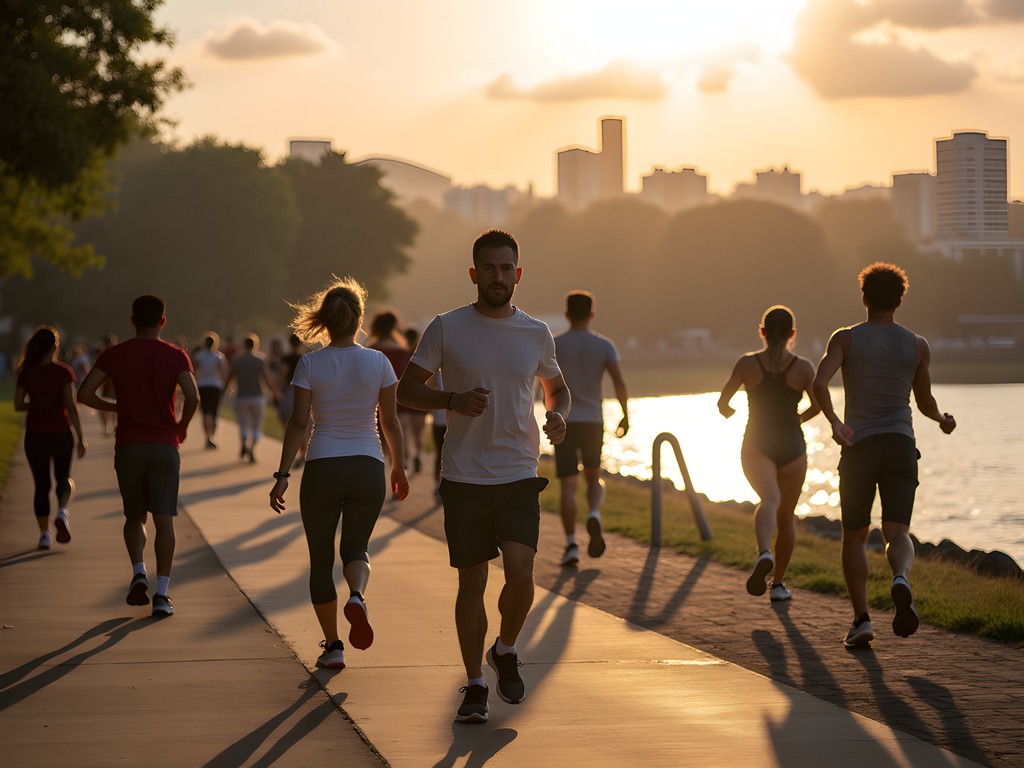
💡 Pro Tips
- Join the free community workouts at Parque Nacional on Saturday mornings
- Run along the Malecón early morning to meet local fitness enthusiasts
- Try a 'frontera functional' workout to experience the unique border fitness culture
Final Thoughts
As my week in Cúcuta drew to a close, I found myself sitting at a small café near the border crossing, sipping a coffee that the owner proudly described as 'Venezuelan beans, Colombian brewing method.' It perfectly summarized what makes this city special – not as two cultures existing side-by-side, but as something entirely new emerging from their integration. For students and budget travelers seeking authentic cultural experiences, Cúcuta offers lessons that no classroom or guidebook can provide. The resilience of border communities, the evolution of blended traditions, and the human connections that transcend political boundaries – these are the true souvenirs I'm taking with me. This isn't a city that will appear on many 'must-visit' lists, but for those willing to step beyond typical tourist paths, Cúcuta reveals how borders can be places of creation rather than division. Pack light, bring an open mind, and prepare to have your understanding of cultural identity wonderfully complicated.
✨ Key Takeaways
- Border regions create unique cultural fusions that can't be experienced elsewhere
- Cúcuta offers authentic insights into how communities adapt and blend traditions across national boundaries
- Budget travelers can deeply engage with local culture through food, music, language, and fitness
📋 Practical Information
Best Time to Visit
year-round (dry season December-March preferred)
Budget Estimate
$30-50 USD daily including accommodation and meals
Recommended Duration
5-7 days
Difficulty Level
Moderate

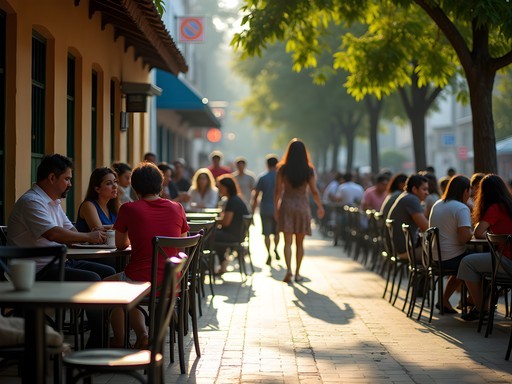
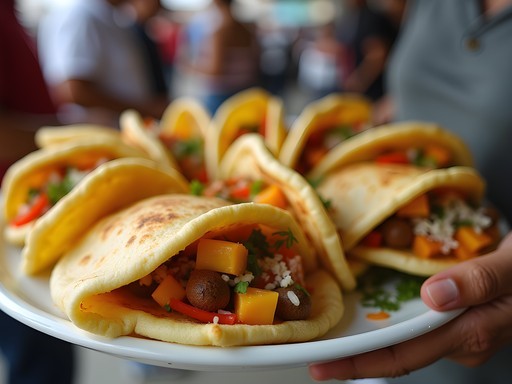
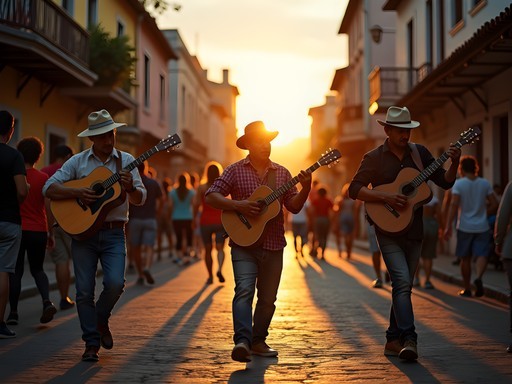
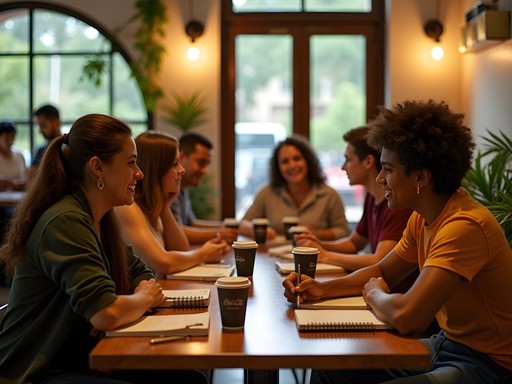
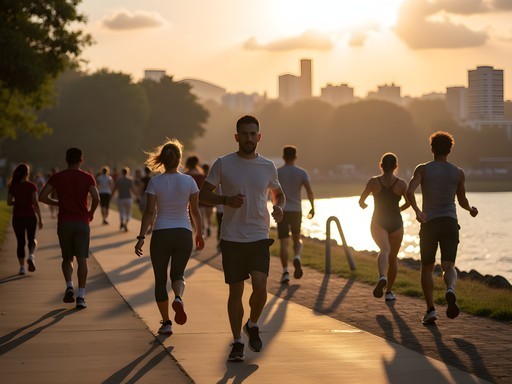


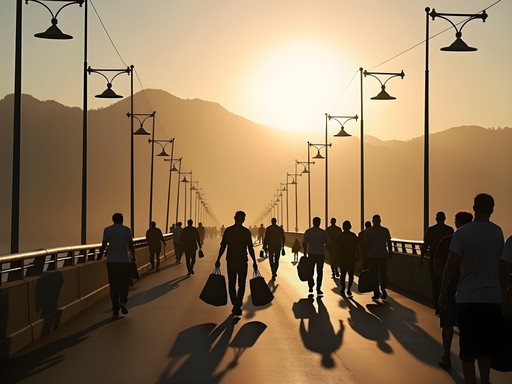






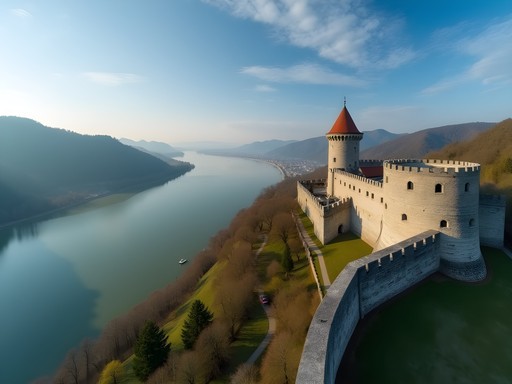
Comments
wanderlustvibes
Going to Cúcuta next month! Any recommendations for authentic places to try that fusion cuisine you mentioned? The arepas with Colombian-style fillings sound amazing!
moonzone
Not Gary, but when I was there last year, there was an amazing little place called 'La Frontera' near the main square. The owner is Venezuelan married to a Colombian, and their menu is literally a fusion family cookbook. Try the patacones with queso telita!
wanderlustvibes
Thanks for the tip! Adding it to my list right now!
Douglas Bradley
Excellent piece, Gary. I crossed that same bridge in 2024 and was similarly struck by the human element of the border situation. The resilience of the people there is remarkable. One thing I'd add for anyone planning to visit: the currency situation can be confusing. Many places accept Venezuelan bolívares, Colombian pesos, and even US dollars, but exchange rates vary wildly between official channels and street rates. I found carrying small denominations of pesos was most practical for daily transactions. The musical fusion you described was a highlight for me too - I stumbled upon an impromptu joropo performance that incorporated Colombian cumbia elements. Unforgettable!
wanderlustvibes
Did you feel safe crossing the border? Planning a trip there and getting mixed advice about security.
Douglas Bradley
I stuck to official crossing points during daylight hours and had no issues. The Colombian side has significantly more security presence. Just use common sense - don't flash valuables and keep your anti-theft daypack close. Local guides can help navigate the more complex aspects.
moonzone
This is exactly why I love border towns! The blend of cultures creates something totally unique. Those food descriptions have me drooling!
Douglas Bradley
Agreed! Border cuisines are often the most innovative. Gary really captured that culinary fusion happening in Cúcuta.
moonzone
Totally! Now I need to try that Venezuelan-Colombian coffee blend he mentioned!
mountaingal
Heading there next month! Any tips on the best local dishes to try that show this cultural fusion?
greenbackpacker551
Don't miss the Venezuelan-style tequeños but with Colombian cheese, and the hybrid arepas with local Santander ingredients. The street food near the bridge is amazing!
mountaingal
Perfect, thanks! Can't wait to try those tequeños!
Haley Hamilton
Gary, this brought back so many memories! I backpacked through this region in 2024 and was captivated by the linguistic quirks you mentioned. That mix of Colombian and Venezuelan Spanish creates this beautiful border dialect. I found my pocket phrasebook barely covered the local slang! The most meaningful moment for me was sharing a meal with a family who had relatives on both sides of the border. They explained how they maintain traditions despite the political tensions. Did you get to experience any of the weekend markets where artisans from both countries sell their crafts? Those were cultural gold mines.
Gary Harris
I did catch the Sunday market near Plaza de Banderas! Those handwoven hammocks with mixed Colombian-Venezuelan patterns were incredible. And yes, the border dialect is fascinating - I'm still trying to master some of those expressions!
greenbackpacker551
I spent three weeks in Cúcuta last year and it's exactly as you described - a fascinating cultural blend. The thing that surprised me most was how the music shifts throughout the day. Morning markets with traditional Colombian vallenato, afternoon cafes playing Venezuelan gaitas, and by night it all mixes together in the clubs. Don't miss La Frontera restaurant if you go back - their patacón con carne mechada combines the best of both countries!
vacationguy
Thanks for the restaurant tip! Adding it to my list for when I visit.
smartmood
That arepa con queso photo made me so hungry! The blend of cuisines there is incredible.
vacationguy
Great post! How safe did you feel crossing that border? I've heard mixed things about the Colombia-Venezuela situation but would love to experience this cultural blend.
Gary Harris
Thanks for asking! I felt quite safe during daytime crossings, but I stuck to official checkpoints and followed local advice. The situation can change, so check current advisories before you go.
greenbackpacker551
I crossed there last month and it was fine. Just keep your wits about you like any border area. The food scene alone is worth it!
backpack_wanderer
Going there next week! Can't wait to try all the food!
VenezuelanAbroad
As a Venezuelan who moved to Colombia five years ago, this article hits close to home. Cúcuta was my first stop when I left, and that blend of cultures helped ease the transition. One thing I'd add is how the crisis has changed the dynamic - many Venezuelan traditions are now being preserved more carefully in Cúcuta than in some parts of Venezuela itself. The December gaitas and hallacas you mentioned are a perfect example. There's a bittersweet beauty in seeing our culture living on in this Colombian border city when so many have had to leave home.
Gary Harris
Thank you for sharing that perspective. You're absolutely right about the preservation aspect - I noticed that too but couldn't articulate it as beautifully as you just did.
Venture X
Premium card with 2X miles, $300 travel credit, Priority Pass